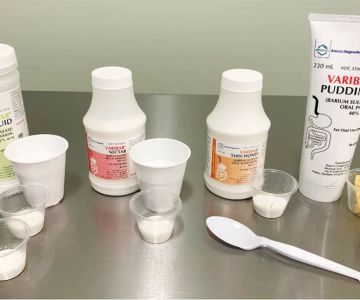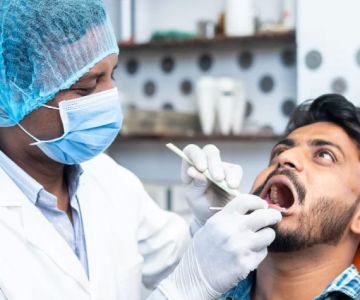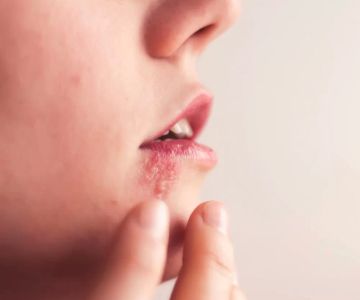Why Early Detection of Oral Cancer Matters
Oral cancer is a serious condition that affects thousands of people annually in the United States. Early detection significantly increases the chances of successful treatment and survival. Understanding how to check for oral cancer at home empowers individuals to recognize warning signs before the disease advances.
Regular self-examination can reveal abnormalities that might otherwise go unnoticed until later stages. Being proactive about oral health is a key step in prevention and early intervention.
1. Understanding the Risk Factors for Oral Cancer
Several factors increase the risk of developing oral cancer, including tobacco use, heavy alcohol consumption, excessive sun exposure to the lips, human papillomavirus (HPV) infection, and a history of prolonged irritation in the mouth. Knowing these risks helps guide more vigilant self-exams, especially for individuals with one or more risk factors.
Awareness of lifestyle choices and habits that contribute to oral cancer can motivate timely checks and professional consultations.
2. Step-by-Step Guide to Performing an Oral Cancer Self-Exam
Performing an oral cancer check at home involves a systematic approach to inspect all areas of the mouth thoroughly. Here is a detailed procedure to follow:
2.1 Prepare Your Space
Find a well-lit area with a mirror, preferably with natural light, and use a flashlight for better visibility inside the mouth.
2.2 Examine Your Lips
Look closely at the front and inside of your lips. Check for any sores, lumps, or discolorations. Gently pinch your lips and feel for any unusual bumps.
2.3 Inspect the Gums and Cheeks
Pull your cheeks away from your teeth to see the inner lining. Use your fingers to feel for any lumps, thickening, or tenderness that isn’t usual for you.
2.4 Check the Roof and Floor of the Mouth
Look up to examine the roof of your mouth and then lift your tongue to inspect the floor beneath. Any white patches, red areas, or ulcers that don’t heal within two weeks should raise concern.
2.5 Examine the Tongue
Stick your tongue out and inspect the top and sides for any abnormalities. Use your fingers to feel the underside of the tongue carefully, looking for lumps or thickened areas.
2.6 Feel the Neck and Jawline
Using gentle pressure, feel around your neck and under the jaw for swollen lymph nodes or lumps that may indicate a deeper issue.
3. Recognizing Common Signs and Symptoms
Understanding what to look for during your self-exam is crucial. Common oral cancer symptoms include:
- Sores that do not heal within two weeks
- Persistent pain or tenderness in the mouth or throat
- White or red patches on the gums, tongue, or lining of the mouth
- Lumps or thickened areas in the cheek or neck
- Difficulty chewing, swallowing, or moving the jaw or tongue
- Unexplained numbness or bleeding
If you notice any of these symptoms, it’s important to schedule an appointment with a healthcare professional promptly.
4. When to See a Professional and What to Expect
While home checks are valuable, they do not replace professional evaluations. Dentists or oral specialists use advanced tools and biopsies to confirm the diagnosis. Early professional screening is especially recommended for those at higher risk.
During a professional exam, your doctor may use dyes or light-based devices to detect abnormal tissue and may take tissue samples if needed.
5. Stories Highlighting the Importance of Self-Exams
Sarah, a 45-year-old teacher from Texas, noticed a persistent sore during her routine self-exam. Acting promptly, she sought medical advice and was diagnosed with early-stage oral cancer. Her proactive approach allowed for less invasive treatment and a full recovery.
Similarly, John, a smoker in his 50s, began monthly self-exams after learning about the risks. His early detection of white patches led to successful intervention before the disease progressed.
6. Tips for Maintaining Oral Health and Reducing Cancer Risk
Maintaining a healthy lifestyle supports oral cancer prevention. Key tips include:
- Quit tobacco and limit alcohol consumption.
- Practice good oral hygiene, including regular brushing and flossing.
- Protect your lips with sunscreen or lip balm with SPF.
- Maintain a balanced diet rich in fruits and vegetables.
- Schedule regular dental check-ups for professional screenings.
7. Where to Find Trusted Support and Services
For those looking to learn more or seek professional oral cancer screenings, Dentistry Toothtruth offers expert services tailored to your needs. Early detection and care are vital for your oral health and overall well-being.







 Breakwater Dental4.0 (58 review)
Breakwater Dental4.0 (58 review) Exclusively Endodontics4.0 (104 review)
Exclusively Endodontics4.0 (104 review) UofL Dental Associates - Dental Faculty Practice2.0 (36 review)
UofL Dental Associates - Dental Faculty Practice2.0 (36 review) Catonfield Dental4.0 (561 review)
Catonfield Dental4.0 (561 review) EZ Dental5.0 (53 review)
EZ Dental5.0 (53 review) Valleywise Community Health Center - Avondale4.0 (343 review)
Valleywise Community Health Center - Avondale4.0 (343 review) The Importance of Oral Health Education During Pregnancy for a Healthy Pregnancy
The Importance of Oral Health Education During Pregnancy for a Healthy Pregnancy Best Tips for Brushing Your Teeth Properly for Healthy Gums: Essential Techniques for Oral Health
Best Tips for Brushing Your Teeth Properly for Healthy Gums: Essential Techniques for Oral Health Why Skipping Dental Checkups Can Lead to Bigger Oral Health Problems
Why Skipping Dental Checkups Can Lead to Bigger Oral Health Problems Advantages of Porcelain Dental Restorations
Advantages of Porcelain Dental Restorations How Can Diabetes Cause Tooth and Gum Problems? Preventing and Managing Oral Health Issues
How Can Diabetes Cause Tooth and Gum Problems? Preventing and Managing Oral Health Issues Healthy Habits for Promoting Good Oral Health and Hygiene: Tips for a Healthy Smile
Healthy Habits for Promoting Good Oral Health and Hygiene: Tips for a Healthy Smile